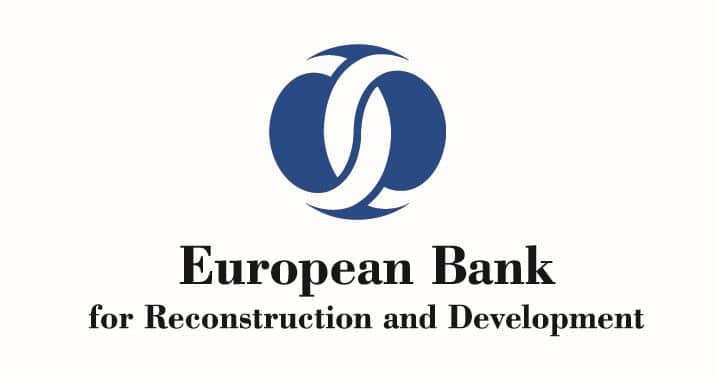30 September 1921
European Bank for Reconstruction and Development (EBRD)

Since its creation, the European Bank for Reconstruction and Development (EBRD) has provided financing for transport projects in the form of debt and equity to clients across every transport mode (roads, railways, maritime, aviation, logistics and postal services). Priority is given to connected networks, private sector participation, environmentally and socially responsive transport as well as low carbon and innovative solutions.
More information on general EBRD transport financing can be found in the following:
Policy papers in sustainable trasport
The EBRD has developed policy papers in sustainable transport to help clients implement good practice in the sector through institutional reforms and technology. Some example papers are below.
- On the Move – Delivering Automated Fare Collection.
- Driving change: reforming urban bus services.
- Going electric: a pathway to zero-emission buses.
- Performance-based Road Maintenance Contract.
- Disruptive technology and innovation in transport.
“Driving change” and “Going electric” were produced in collaboration with UITP and GIZ and contribute to the MobiliseYourCity partnership.
All policy papers are available on the EBRD website at https://www.ebrd.com/infrastructure/infrastructure-client-support.html.
EBRD Green Cities
The EBRD also facilitates investments in low carbon transport via its urban sustainability flagship programme, EBRD Green Cities.
EBRD Green Cities was developed in 2016 and builds on the Bank’s experience of investing in municipal and environmental infrastructure. It applies the EBRD’s business model of combining bankable investments with technical cooperation and policy dialogue. The overall aim is to build a better and more sustainable future for cities and their residents.
The EBRD Green Cities Programme consists of three central components.
- Developing a Green City Action Plan (GCAP)
- Identifying and prioritising challenges using 35 core indicators that cover a wide range of urban issues, and evaluating the city’s environmental assets, its overall resource efficiency and climate change risks.
- Planning actions.
- Establishing a city’s long-term vision (10-15 years) for green city development (for example, encouraging more active mobility and use of public transport).
- Identifying related, short-term actions (1-5 years) (such as investing in electric buses to increase use of public transport).
- Implementing the GCAP. The EBRD can help the city to implement infrastructure investments and policy measures as outlined in the GCAP by providing access to finance as well as concessional loans and grants.
- Monitoring the GCAP. Periodically reviewing Green City actions and their effects on the environment so as to inform the public of successes and to further adjust the action plan, including policy and investment decisions.
Financing instruments
Concessional loans and grants, such as sovereign loans and capital-expenditure grants.
Eligibility criteria for cities
- Location must be in the EBRD regions (such as Central Asia, central Europe and the Baltic states, Cyprus and Greece, eastern Europe and the Caucasus, Russia, south-eastern Europe, southern and eastern Mediterranean and Turkey).
- Have a population of at least 100,000 (cities with a population of 50,000 will be considered in exceptional circumstances).
- Be willing to conduct a Green City Action Plan.
- Initiate an investment trigger project in one of the priority areas, for example urban transport.
Application
Contact greencities@ebrd.com to apply.
Example projects
Case Studies EBRD Green Cities


